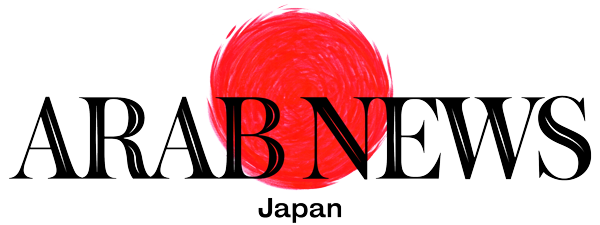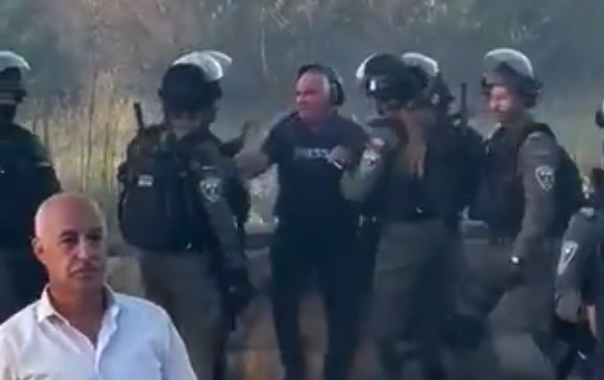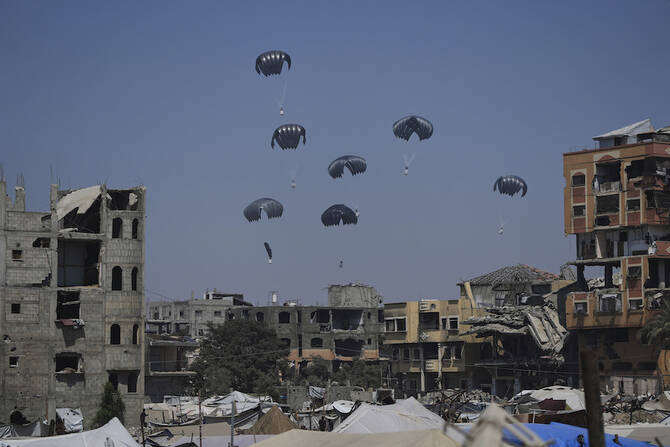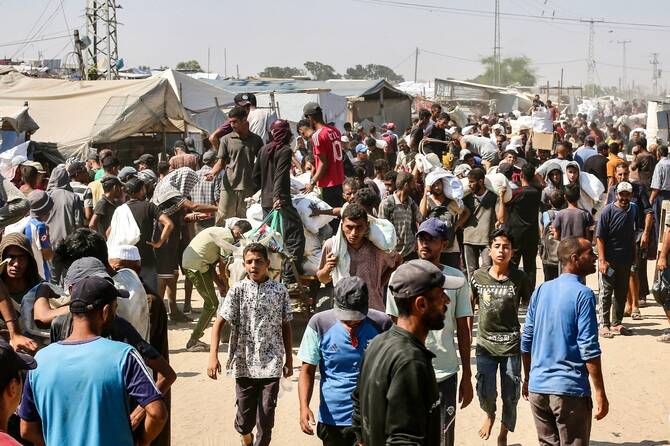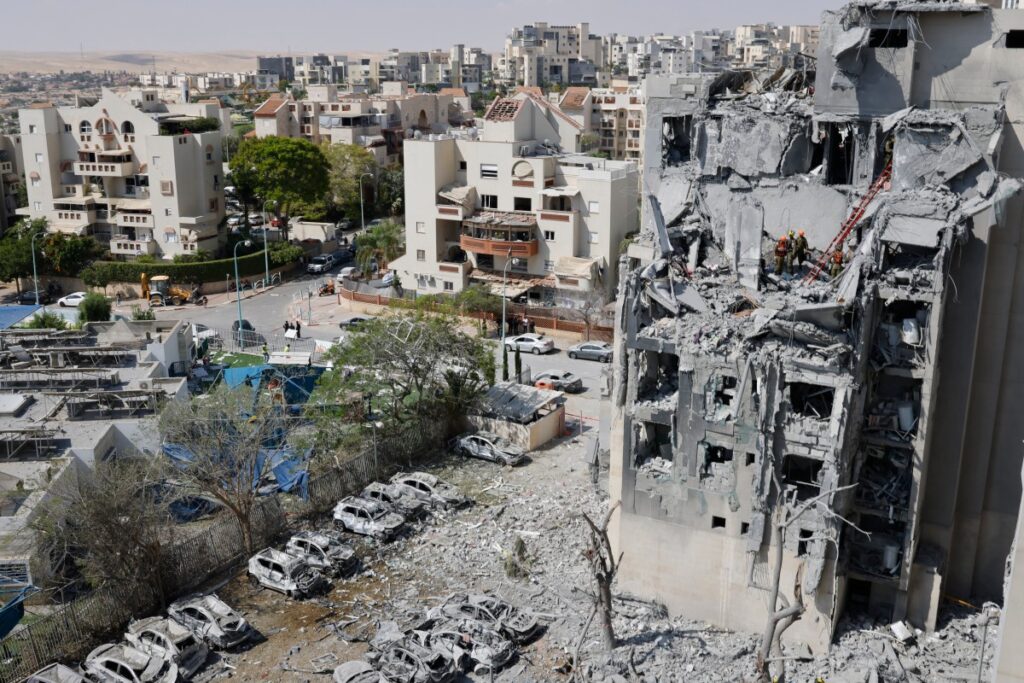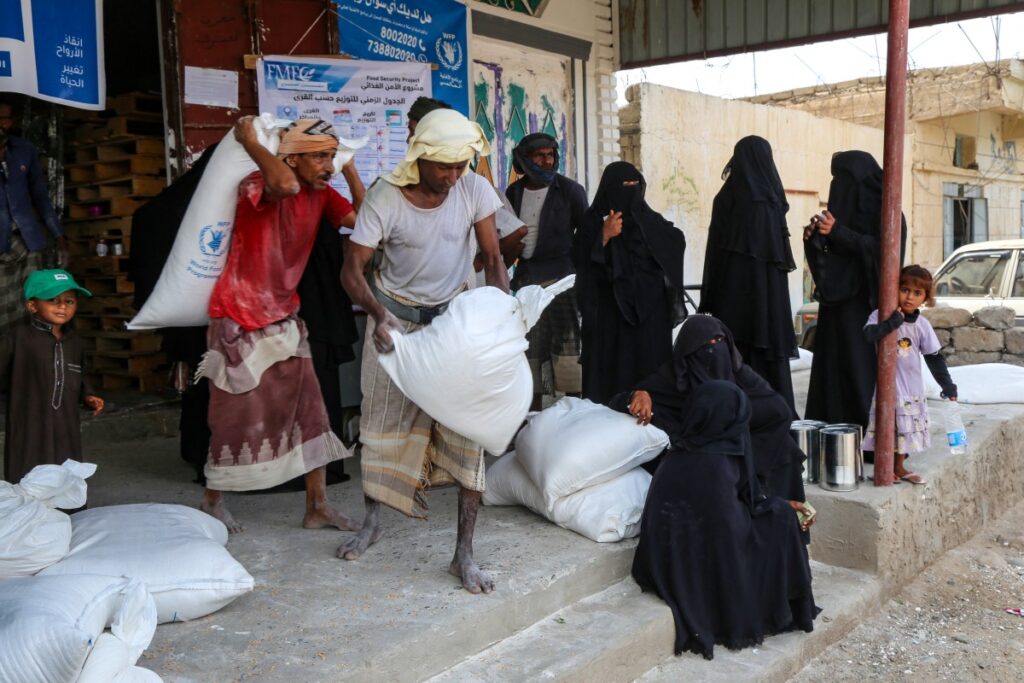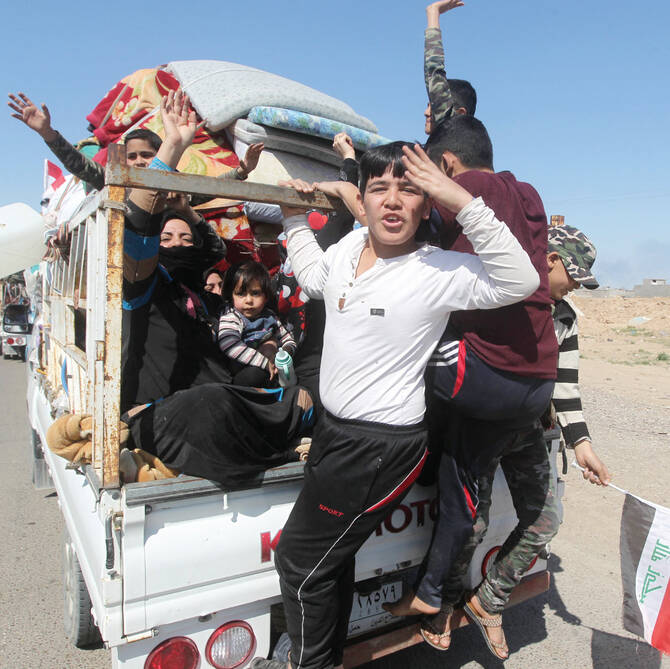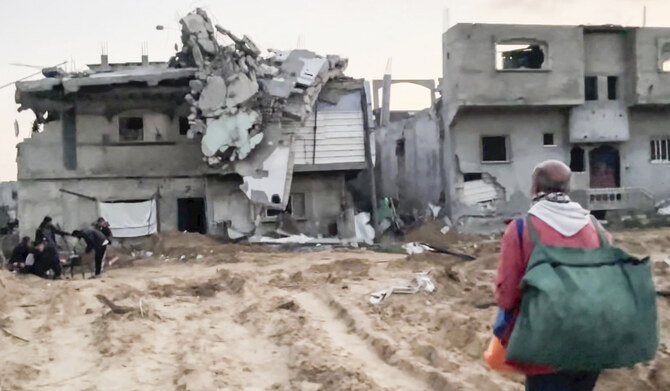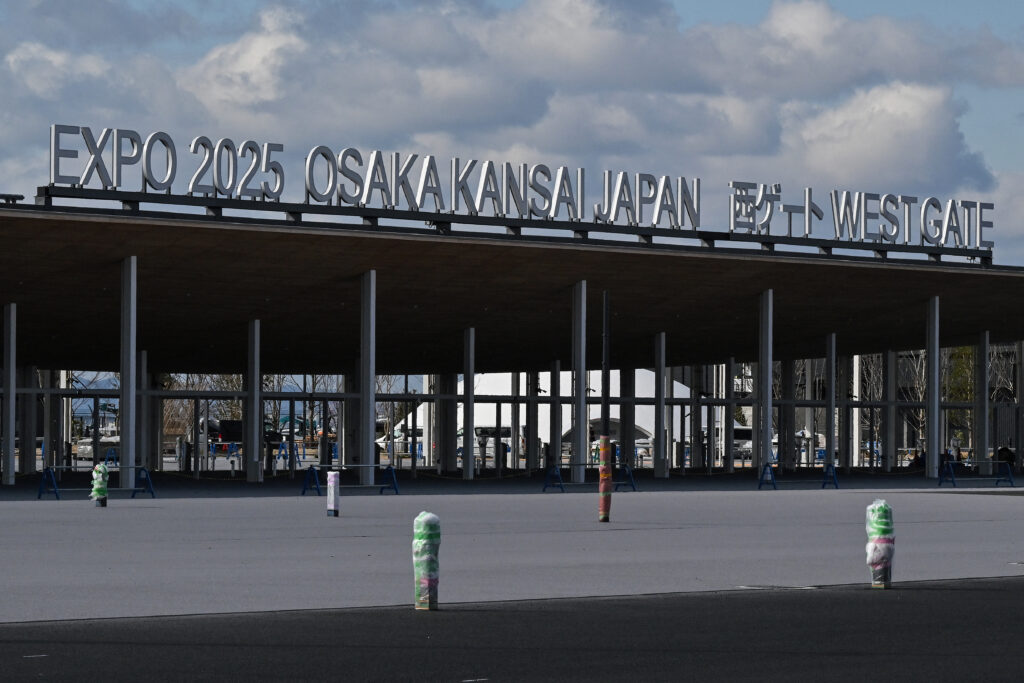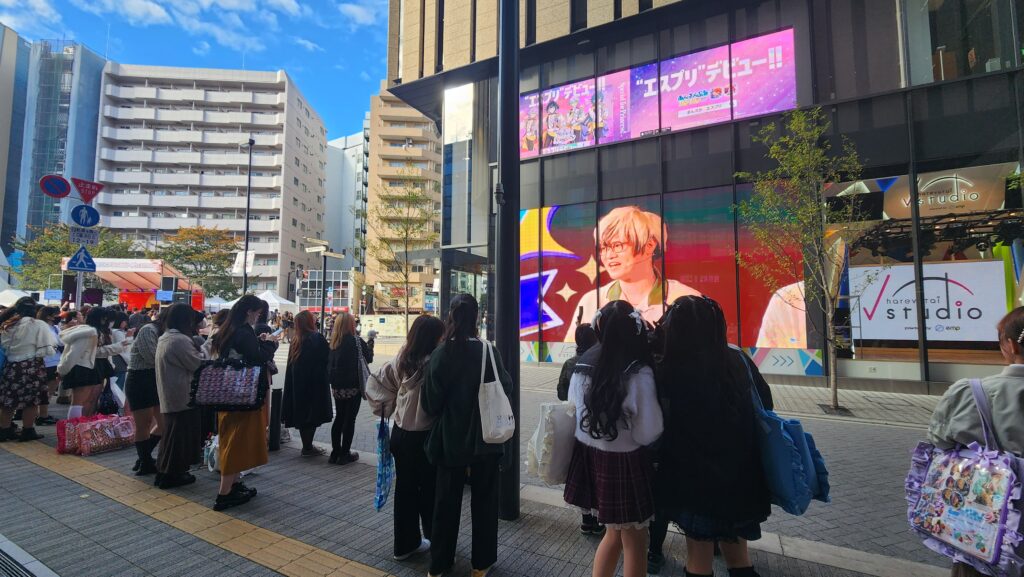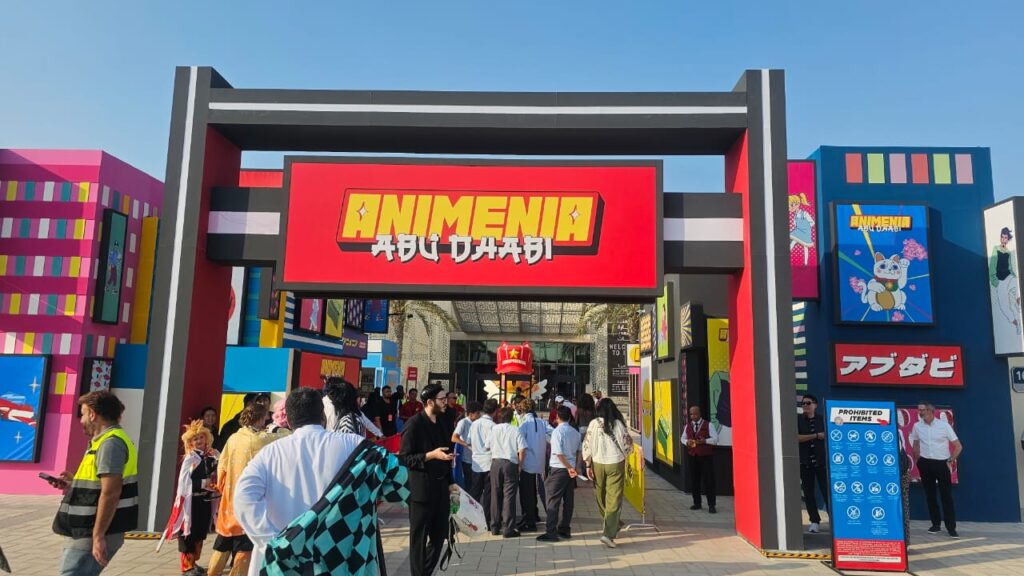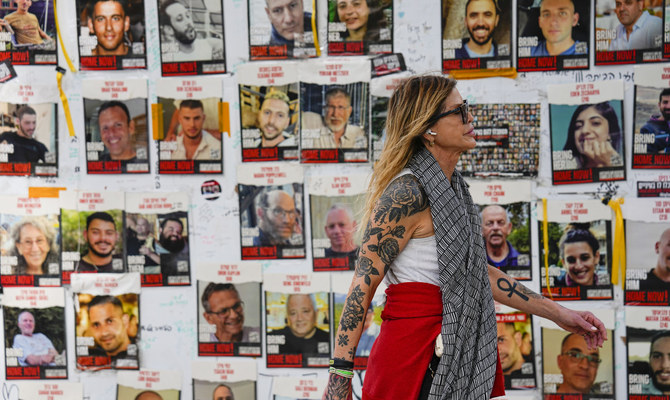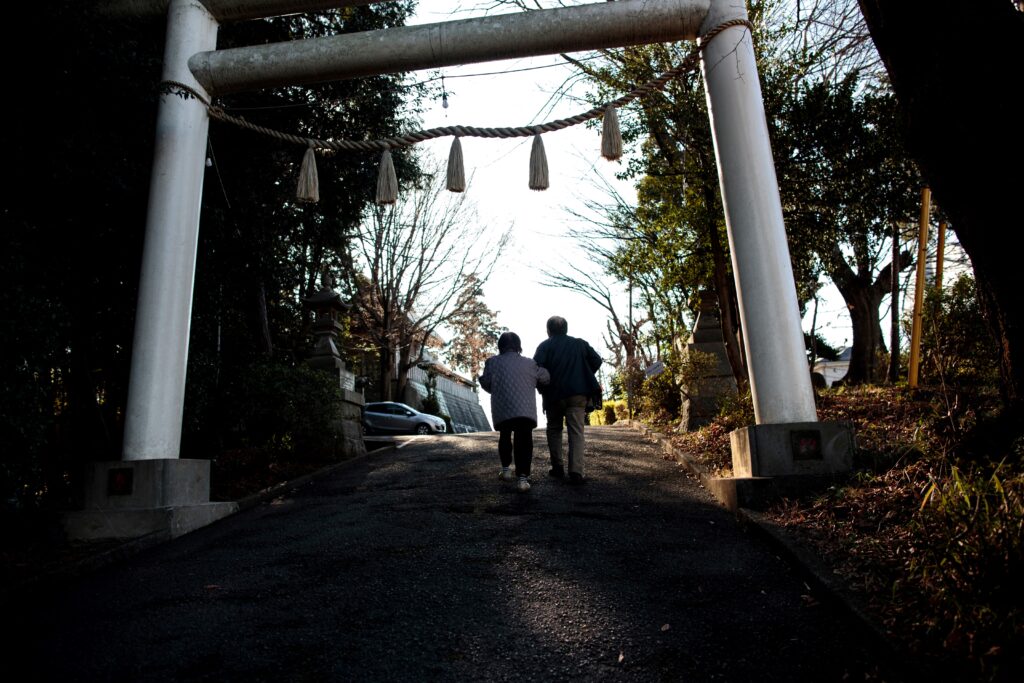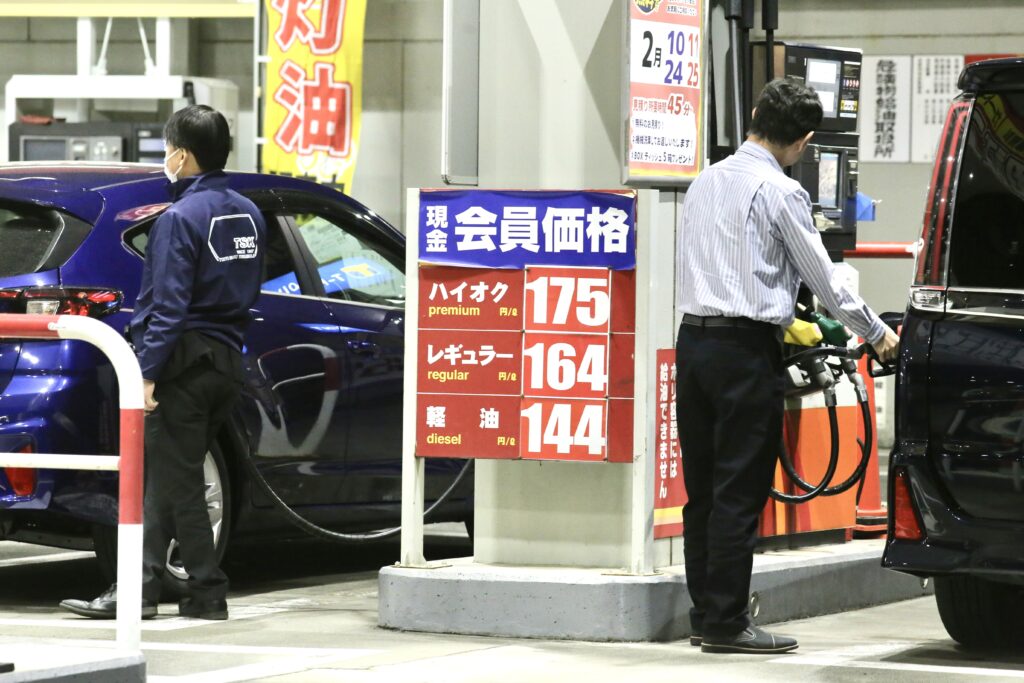In another Tweet, Stone says: “I saw a lot more instances of entirely unnecessary, provocative behavior by Israeli police/military today. At Damascus Gate (stun grenades thrown at peaceful Palestinian group), in Sheikh Jarrah (skunk water fired on Palestinian homes) & Bethlehem (volleys of tear gas).”
On Tuesday, the continuing violent exchanges of heavy airstrikes and rocket fire between Israelis and Palestinians claimed more lives.
Protestors and Israeli security forces clashed at multiple locations across the occupied West Bank and in east Jerusalem.
On Saturday, an Israeli strike destroyed a building in Gaza City that housed offices of The Associated Press (AP) and other media outlets. The building was evacuated before the strike.
US Secretary of State Antony Blinken on Monday said he had not seen any Israeli evidence that Hamas was operating from the building.
AP President and CEO Gary Pruitt said his organization was seeking “information from the Israeli government and are engaged with the US State Department to try to learn more” and said the “world will know less about what is happening in Gaza because of what happened today.”
According to Aidan White, founder of the Ethical Journalism Network, the destruction of media assets in Gaza City is serious but by no means unusual. “If one looks back over the past 25 years, the targeting of media institutions and journalists themselves has increased dramatically,” he told Arab News.
This is happening “not least because the capacity of the media to report from war zones — and to be able to report wrongdoing and inappropriate behavior or war crimes — is greatly enhanced, and changing technology has had a lot to do with it.”


